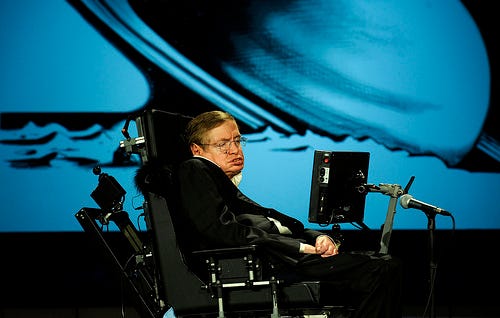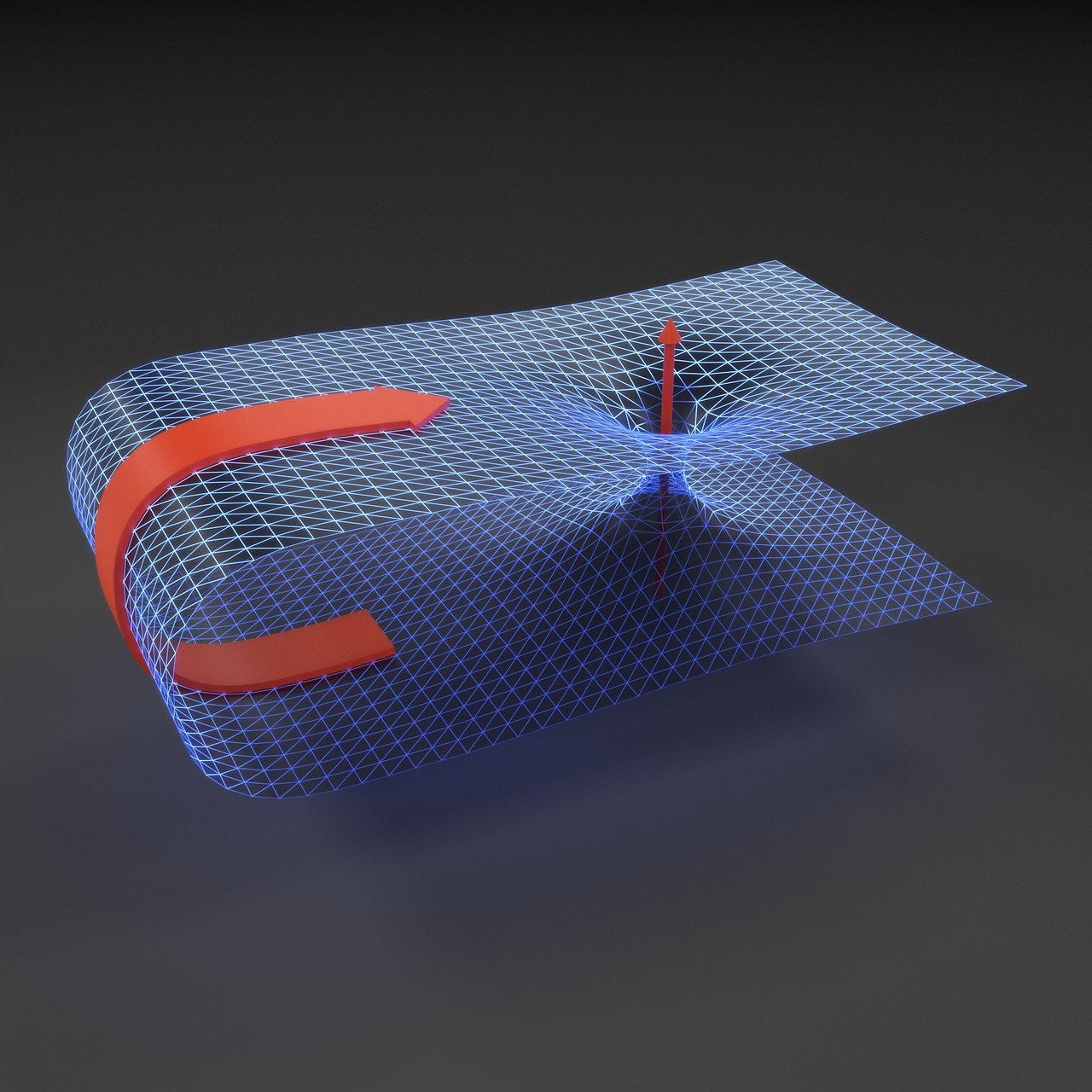If time travel is possible, then where are the tourists from the future? - Stephen Hawking
Greetings, Fellow Bohron
Time Travel - one of the most sought after superpowers.
I mean all of us regret some of our past decisions. If we could go to past to replace a bad sentence with a better one in that one argument with a friend; be more confident in our dream Google interview that we failed; or could play a better move that could have resulted in checkmate, why wouldn’t we?
Or if we could go to future to clear our mind of all our fears and insecurities, see how we could die, will we ever meet our soulmate, why wouldn’t we?
But interfering with the natural flow of time means exploiting with God’s Plan or as we call it Fate. This is why time is one of the great mysteries of the universe.

Philosophy of Time
Around AD 400, Saint Augustine wrote in his autobiographical work Confessions,
How can the past and future be, when the past no longer is, and the future is not yet? As for the present, if it were always present and never moved on to become the past, it would not be time, but eternity.
Or in simple words: the past is gone, the future is yet to come and the present exists only for an instant. Does this mean time doesn’t exist? Saint Augustine concluded that God is omnipotent, that it is not limited by time and exists "outside of time."
Another logical question is: if we can move forward and backwards in space, why not in time? Can we build a time machine and redo our past actions or see and change our future? Let’s tackle this question from scientific point of view.

In Popular Culture
Perhaps, the most famous novel on time travel is The Time Machine by H. G. Wells in which the protagonist travels to a distant future. In that time, two species of humans roam on Earth: Moorlocks who live underground and Eloi who live an easy life on the surface but are fed upon by Morlocks.
In the 1985 movie Back to the Future, a teenager travels to the past and mistakingly prevents his parents from falling in love, thus threatening his own existence. Time Travel is also a major theme in the Terminator franchise, Star Trek, Superman, Tenet and Avengers: Endgame.
Scientific View
In Newton’s era, time was considered an arrow, which could point and move in only one direction. Newton’s laws rule out the possibility of time travel. Also, time is an absolute quantity in Newtonian physics. Einstein’s theory of relativity overthrew this misconception and established time as a relative quantity. It passed at different rates for observers in reference frames in relative motion.
One speculated way to travel to the past is to go faster than light. But as we saw in the last two articles, this is impossible given our current technology and knowledge of physical laws.

However, time travel to the future is possible and has even been accomplished numerous times.
Do you know who holds the world record for the highest amount of time travel? How does moving faster slows down time? Here’s the answer.
So laws of physics allow time travel to the future. But what about time travel to the past? Travelling back in time would allow us to rewrite history. Historians would run out of business. And like in Back to the Future, our one mistake could threaten the existence of the entire human race.
Physicists’ Playground
Late physicist Stephen Hawking believed time travel was impossible. He asked a simple question, “If time travel is possible, then where are the tourists from the future?” For him, if time travel were commonplace, time travellers must be living among us.
He argued that there ought to be a physical law, that prevented time travel. He even proposed a "Chronology Protection Conjecture" to ban time travel from the laws of physics. However, physicists have never found such a law that prevents time travel. So, Hawking had a change of heart. He quoted, "Time travel may be possible, but it is not practical.”

Three Examples of Time Machines
In Einstein's theory, we come across what is known as "closed time-like curves," which, if they exist, would allow us to time travel to the past. Let’s consider some options that may allow time travel:
Wormhole
A passageway that connects two distant points in space should also connect two distant points in time since space and time are intertwined. But since travelling through a wormhole is a one-way trip, it isn’t a reliable means of time travel.
Traversable wormholes are our best bet to achieve both faster-than-light travel as well as time travel. The key to traversable wormholes is negative energy, as we discussed in the last issue.

Spinning Universe
In 1949, Czech mathematician Kurt Gödel solved Einstein's equations in a manner that allowed time travel. His solution is known as Gödel metric that allows the existence of “closed time-like curves”. Imagine a universe that spins around. If you are able to travel around the universe fast enough, you may end up in the past and arrive before you left. So far no evidence of the rotating universe has been found.
Infinitely Long Rotating Cylinder
In 1936, W. J. van Stockum found another solution known as “van Stockum dust” that allowed time travel to the past. It involves moving around an infinitely long, rotating cylinder. The problem with this design, however, is that the cylinder must be infinite in length and spin so fast that most materials would fly apart.

So as we see time travel may be possible, but certainly not with our current understanding of physical laws and technology. Even if we are able to build a time machine, the road ahead is full of obstacles: both ethical as well as technical. In the next issue, we’ll talk about the paradoxes surrounding time travel.
Sources:
Ch 12 - Time Travel, Physics of the Impossible, Michio Kaku





